Buy Scythian Bows | Sale
-
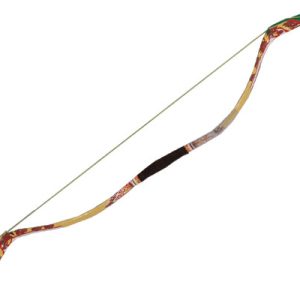
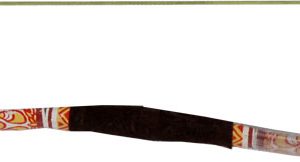 Product on sale
Product on sale -
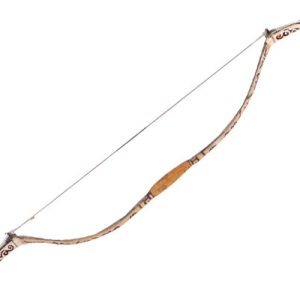
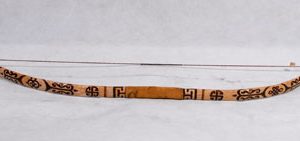 Product on sale
Product on sale -
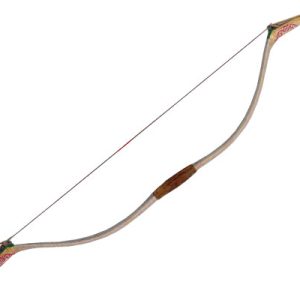
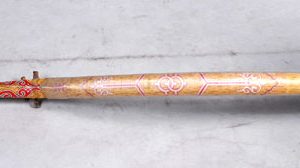 Product on sale
Product on sale -
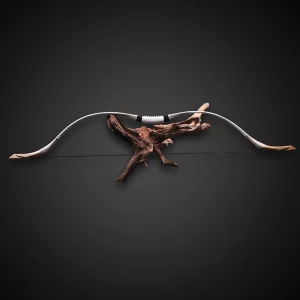
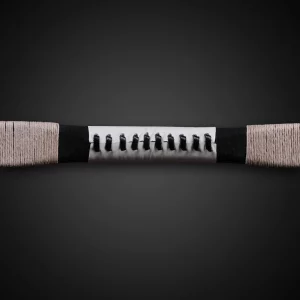 White Mongolian Recurve Bow 30-70lbs$ 184.86
White Mongolian Recurve Bow 30-70lbs$ 184.86 -
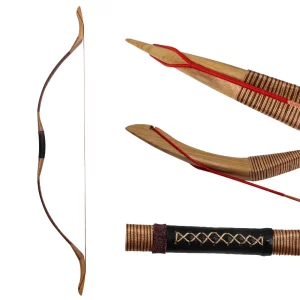
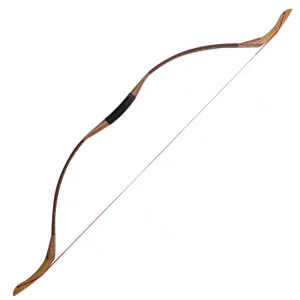
-
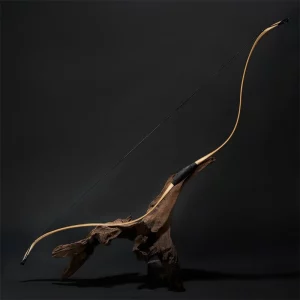
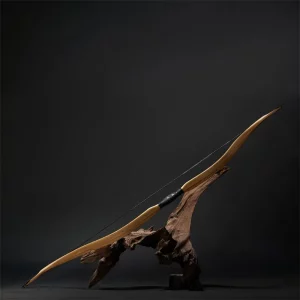
-
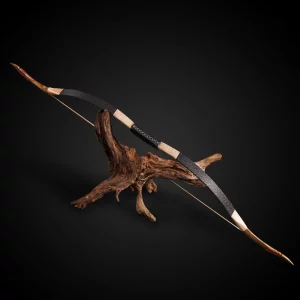
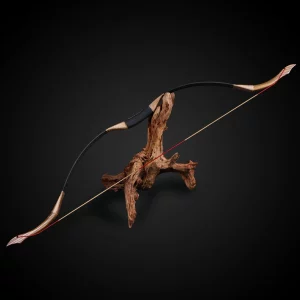
-
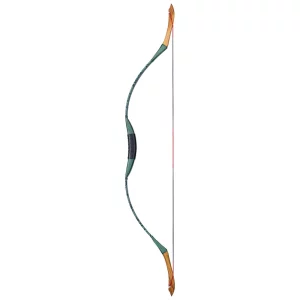
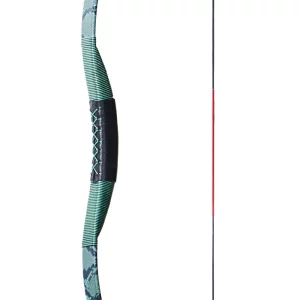
What’s a Scythian Bow?
A Scythian bow is a type of composite bow that was used by the ancient Scythians, a nomadic people who inhabited the Eurasian steppes from around the 9th century BCE to the 4th century CE. The Scythian bow was known for its compact size, recurved shape, and powerful design, which made it well-suited for mounted archery.
Structure of Scythian Bow
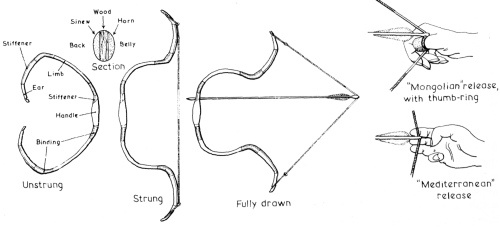
Key features of the Scythian bow include:
- Composite construction: The bow was made from a combination of wood, horn, and sinew, which were glued together and reinforced with birch bark.
- Recurved shape: The bow had a distinct double-curved shape, with the tips of the limbs curving away from the archer. This design allowed for a shorter bow length while maintaining a high draw weight.
- Asymmetrical limbs: The lower limb of the bow was typically shorter than the upper limb, which helped to balance the bow while shooting from horseback.
- Compact size: Scythian bows were relatively short, usually between 80 and 100 cm in length, making them easy to handle while riding.
- High draw weight: Despite their small size, Scythian bows could have draw weights of up to 75 pounds or more, enabling them to shoot arrows with great power and accuracy.
The Scythian bow’s design influenced many later composite bow designs across Eurasia, including the Hunnic, Mongol, Turkish, and Hungarian bows. Its effectiveness in mounted archery made it a formidable weapon in the hands of the skilled Scythian warriors.
Mongolian Bow vs Scythian Bow
Both the Mongolian and Scythian bows were highly advanced for their time and were used to great effect by their respective cultures. Generally, Scythian and Mongolian bows are almost identical, but with only a few differences.
The main differences lie in their size and the specific tactics employed by the Mongols and Scythians. The Mongolian bow’s longer length allowed for a longer draw and higher arrow velocity which could penetrate medium armor and Mongols did employ foot archers from time to time, while the Scythian bow’s shorter length made it more maneuverable in close combat situations and almost exclusively fought on horseback.
You could say the Scythian bow is a predecessor of Mongol bow. The Mongol bow improved on its design and made it even more deadlier.
Who Were the Scythians?

The Scythians were an ancient nomadic people who inhabited the vast grasslands of Eurasia, primarily in the region known as the Pontic-Caspian steppe, which extends from the Black Sea to the Caspian Sea. They existed from around the 9th century BCE to the 4th century CE.
They were skilled horsemen, known for their prowess in archery and warfare. Scythians were also known for their intricate goldwork and distinctive art style, often depicting animals and mythological creatures.
Scythians were nomads who relied on herding livestock, particularly horses, cattle, and sheep. They lived in portable tents and frequently moved in search of pastures for their animals and lived a very similar lifestyle to nomads of the medieval period such as the Mongols and other Turkic tribes.
The Scythians influenced many cultures across Eurasia and were known by different names, such as Saka in Persian sources and Xiongnu in Chinese records. Their descendants and related groups include the Sarmatians, Alans, and Ossetians.
Other Products
-
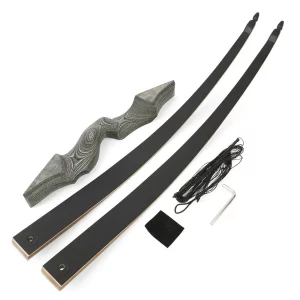 Accessories16 products
Accessories16 products -
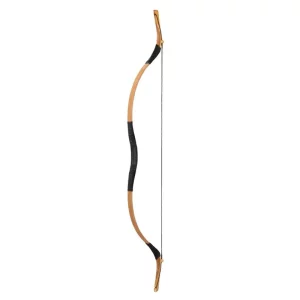 Manchu Bows1 product
Manchu Bows1 product -
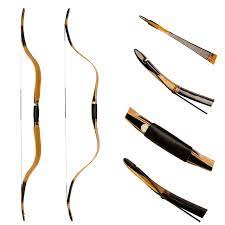 Mongolian Bows8 products
Mongolian Bows8 products -
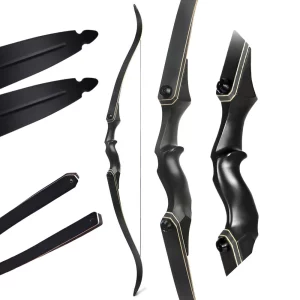 Takedown Recurve Bow3 products
Takedown Recurve Bow3 products -
 Turkish Bows5 products
Turkish Bows5 products
